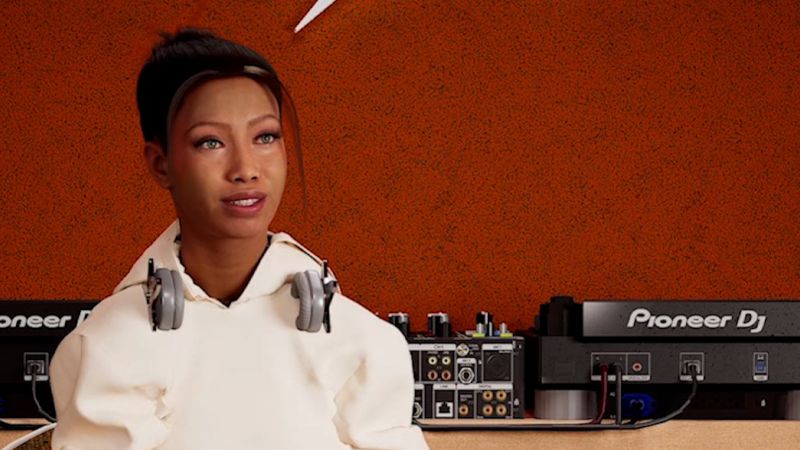
Digital humans: the relatable face of artificial intelligence?
CNN
Dex is a DJ and aspiring model. She’s also not real. “Digital humans” like Dex are being created to make chatbots more approachable.
Scrolling through the Instagram account of DJ and aspiring model Dex you’ll see her wearing new outfits, performing at shows around the world and chatting to her thousands of followers about her hobbies. However, it’s clear that there is something different about Dex; she’s an entirely virtual “digital human,” designed by a startup in the UK. For her performances, Dex is displayed on a video screen or as a holographic projection, with her mixes created by humans. She is animated using Unreal Engine — a 3D modeling software widely used in video games — combined with motion-capture. Generative artificial intelligence allows her to remember information and respond to questions, using a voice also generated by AI. “She’s probably one of the only digital humans in the performance space that you can have a conversation and interact with,” says Denise Harris, CCO of startup Sum Vivas. “You can ask her anything. She is a genius about music.” Last month, Dex performed at Digital Fashion Weeks in New York, Paris and Milan, and she has modeled outfits by Prada and Louis Vuitton at digital fashion events. For Liverpool-based Sum Vivas she’s a “showpiece” for more practical applications. The company is now developing digital humans that can “listen” to people’s questions and converse in real time. “Shellie” can provide product information as an avatar on company websites, while “Arif” is set to direct passengers and answer questions as a multilingual concierge on screens at airports.





















 Run 3 Space | Play Space Running Game
Run 3 Space | Play Space Running Game Traffic Jam 3D | Online Racing Game
Traffic Jam 3D | Online Racing Game Duck Hunt | Play Old Classic Game
Duck Hunt | Play Old Classic Game











